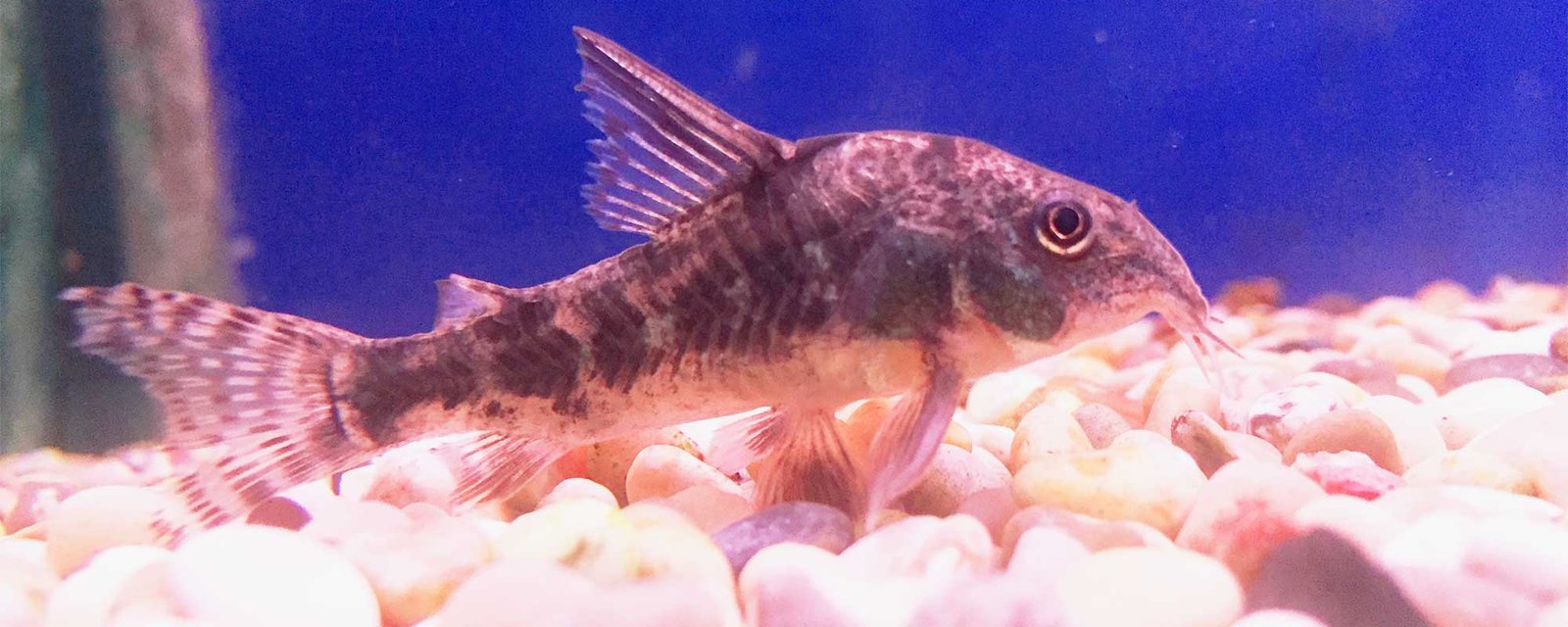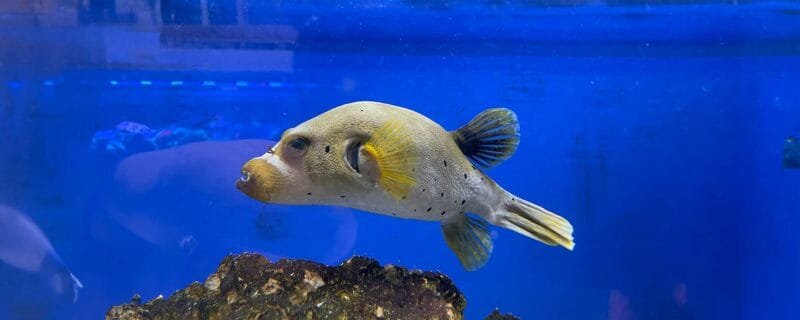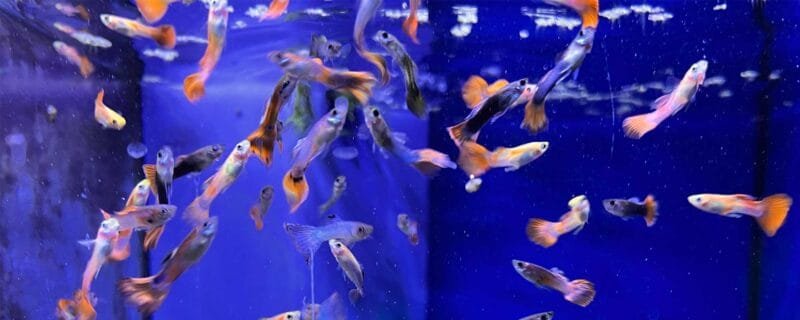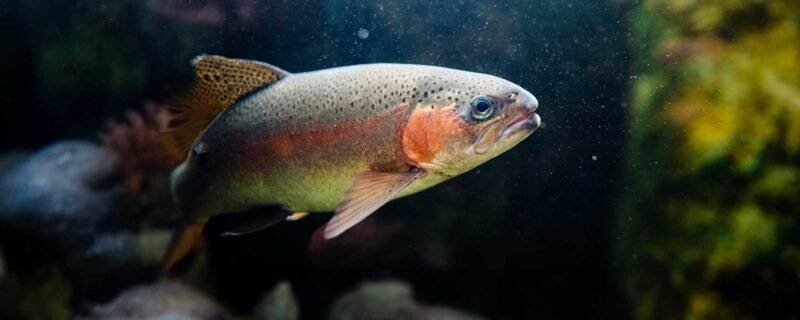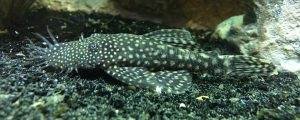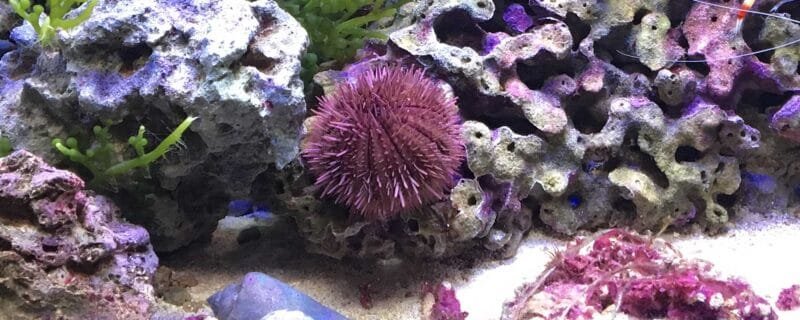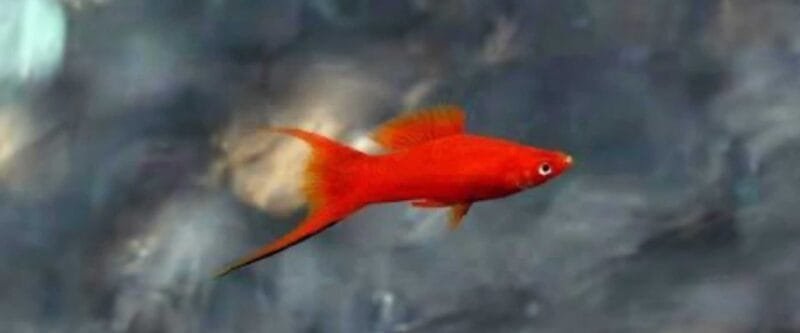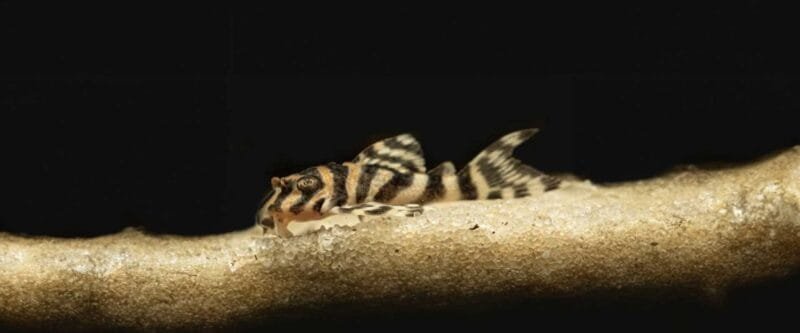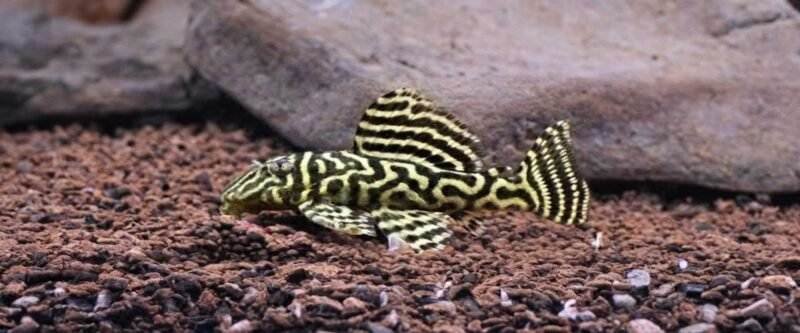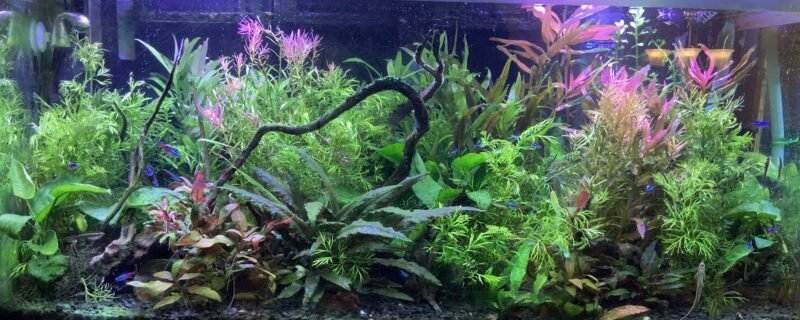Discovering the Beauty of Corydoras Paleatus: The Peppered Cory
The Corydoras Paleatus, commonly known as the Peppered Cory, is a delightful and beloved species among aquarists. Its charming appearance, peaceful nature, and ease of care make it a popular choice for both beginners and experienced fish keepers. In this blog post, we’ll explore the fascinating world of the Peppered Cory, covering its scientific details, habitat, suitability for community tanks, dietary preferences, alternative names, and tips for distinguishing between males and females.
Scientific Profile: Corydoras Paleatus
Latin Name: Corydoras Paleatus
Size: Peppered Corydoras typically grow to be around 2.5 to 3 inches (6 to 7.5 centimeters) in length, making them a suitable addition to various aquarium setups.
Native Habitat: These charming Corydoras originate from the freshwater streams and rivers of South America, specifically in regions of Brazil, Uruguay, and Argentina. They are often found in slow-moving waters with sandy or gravelly substrates.
Habitat and Behavior: Peppered Corys thrive in environments with ample hiding spots, such as rocks, plants, and driftwood. They are known for their bottom-dwelling behavior, using their sensitive barbels to search for food and navigate their surroundings.
Community Tank Compatibility: Peppered Corys are known for their peaceful demeanor and are excellent additions to community aquariums. They coexist harmoniously with a wide range of tankmates, including peaceful fish like tetras, guppies, and other Corydoras species.
Dietary Preferences
These omnivorous fish have a diverse diet that includes:
- High-Quality Pellets or Flakes: A staple in their diet, these provide essential nutrients.
- Live and Frozen Foods: Peppered Corys relish live or frozen fare such as bloodworms, brine shrimp, and daphnia.
- Vegetable Matter: They also graze on algae and appreciate the occasional blanched vegetable, like cucumber or zucchini.
Alternative Names
The Peppered Cory is sometimes referred to as the Blue Leopard Cory or Green Cory due to variations in coloration.
Distinguishing Males from Females
Sexing Peppered Corys can be somewhat challenging, but some differences can help identify males and females:
- Size: In most cases, females tend to be slightly larger and plumper, especially when they are carrying eggs.
- Body Shape: Females may have a rounder body shape, while males are generally slimmer.
- Pectoral Fin Spines: Mature males may develop tiny bristle-like growths on their pectoral fin spines.
Conclusion
A Peppered Cory’s Charm
The Peppered Cory (Corydoras Paleatus) is a captivating and delightful addition to any aquarium. With its manageable size, peaceful disposition, and adaptability, it’s an excellent choice for aquarists of all levels. Whether you’re a beginner or a seasoned enthusiast, the Peppered Cory’s endearing presence will bring joy and charm to your aquatic community.

